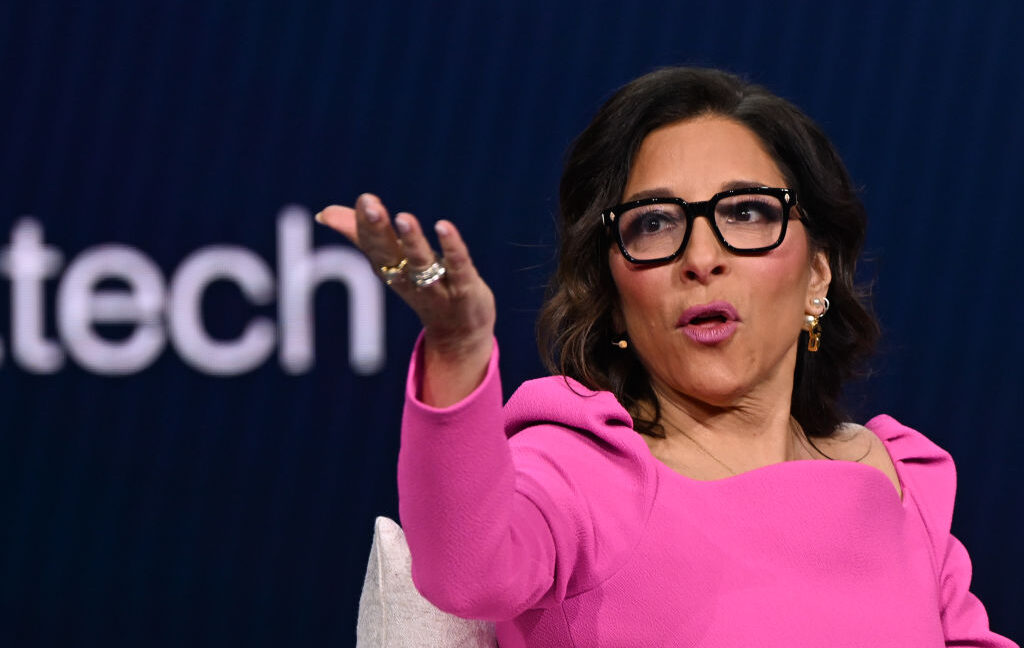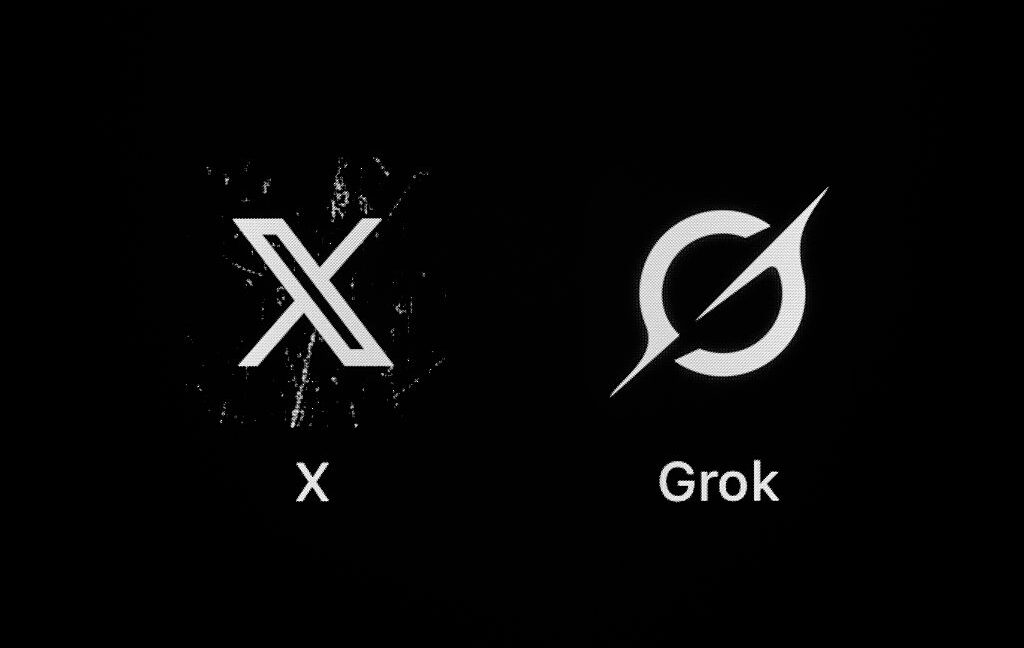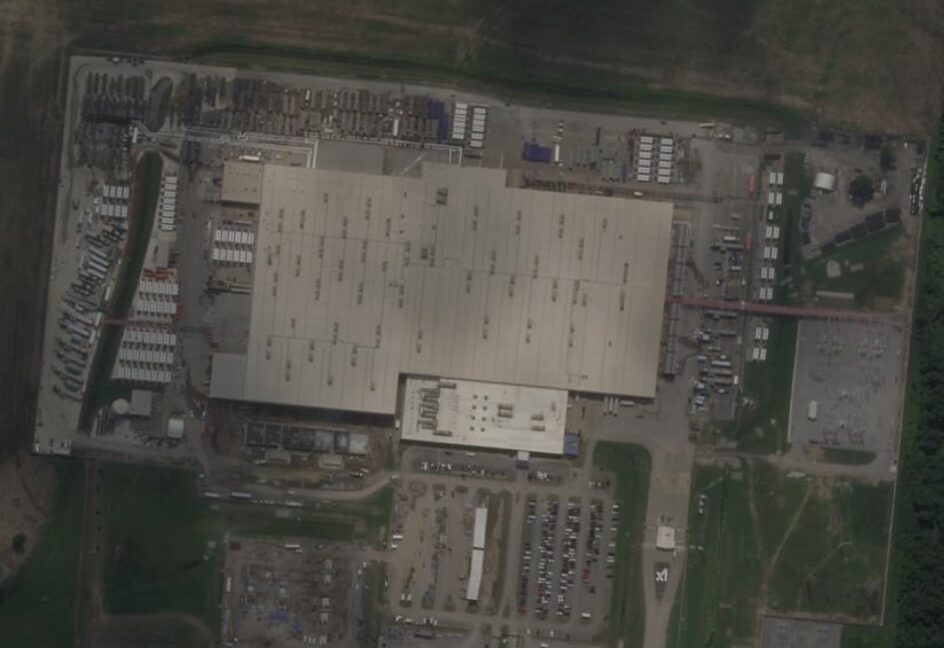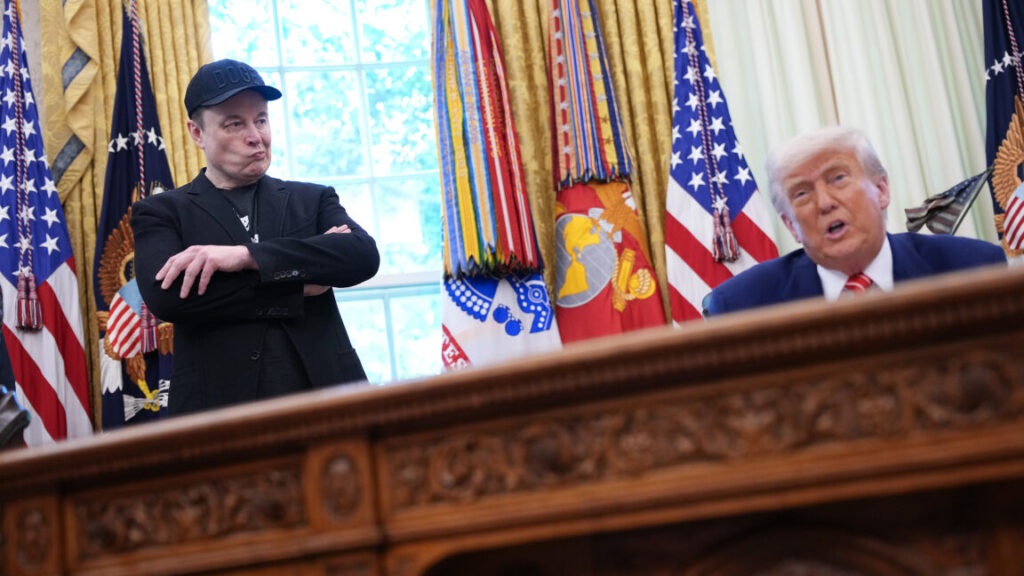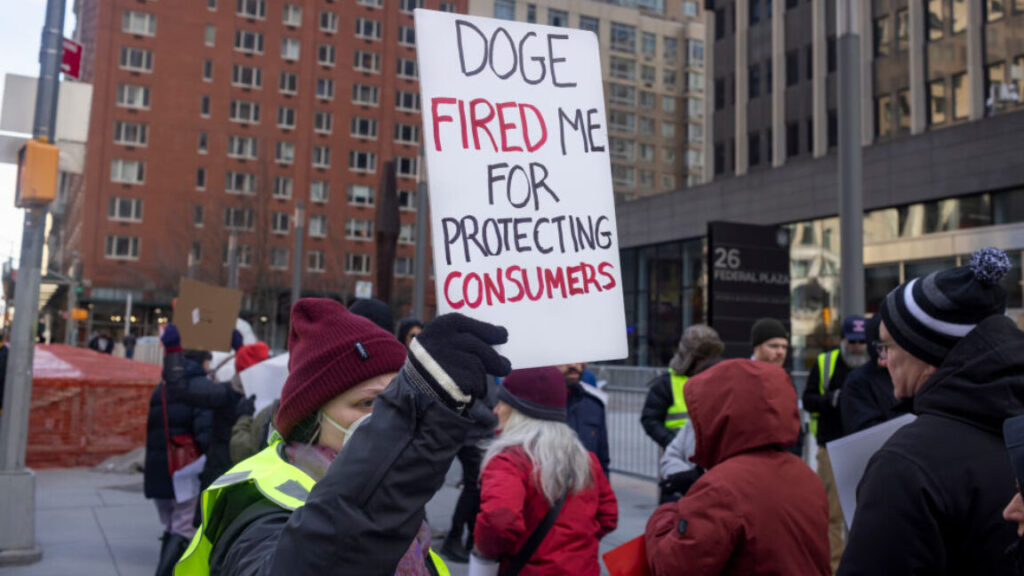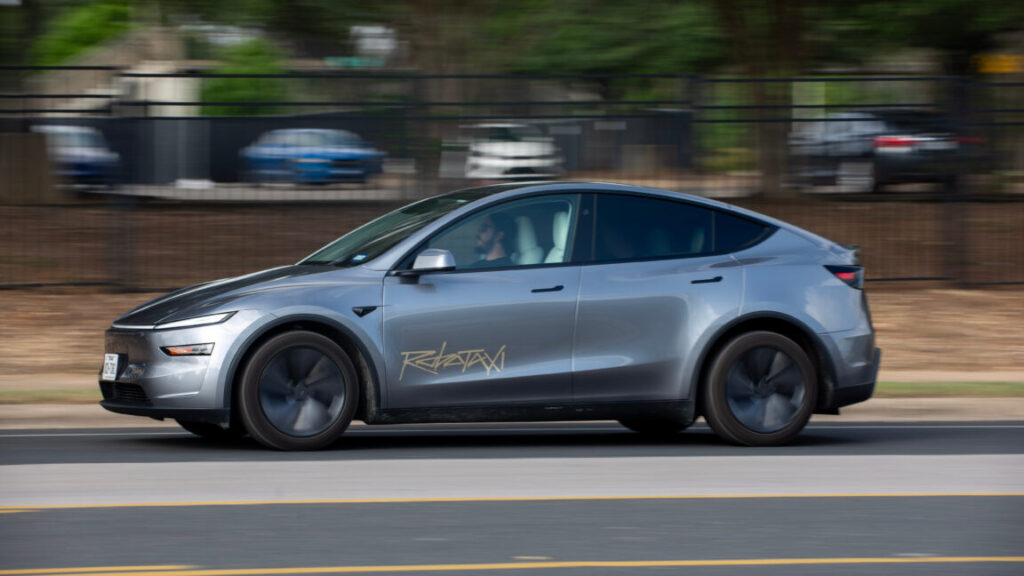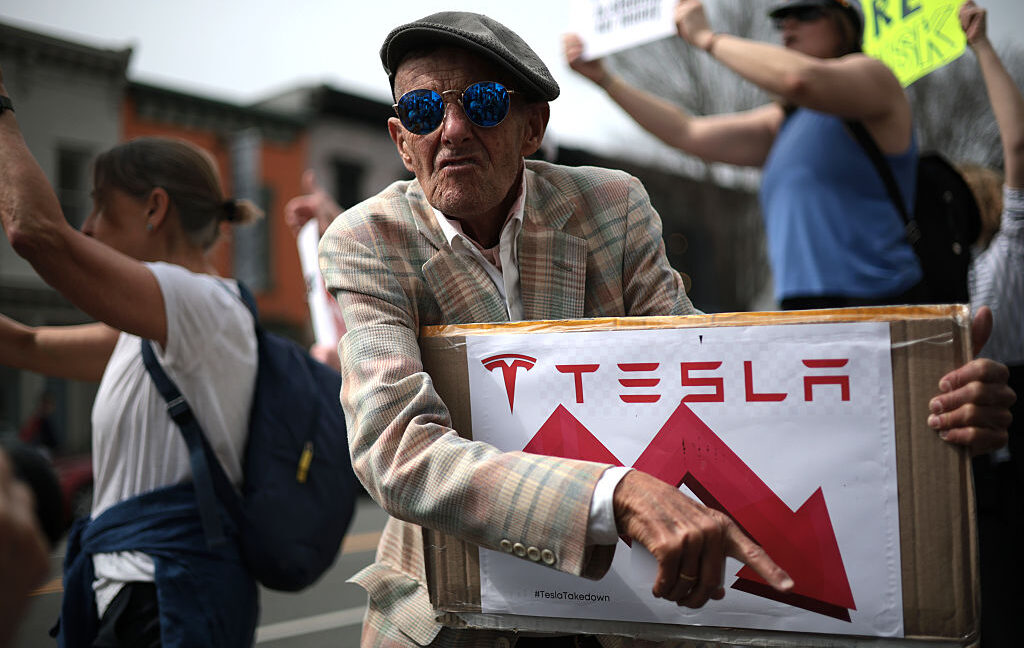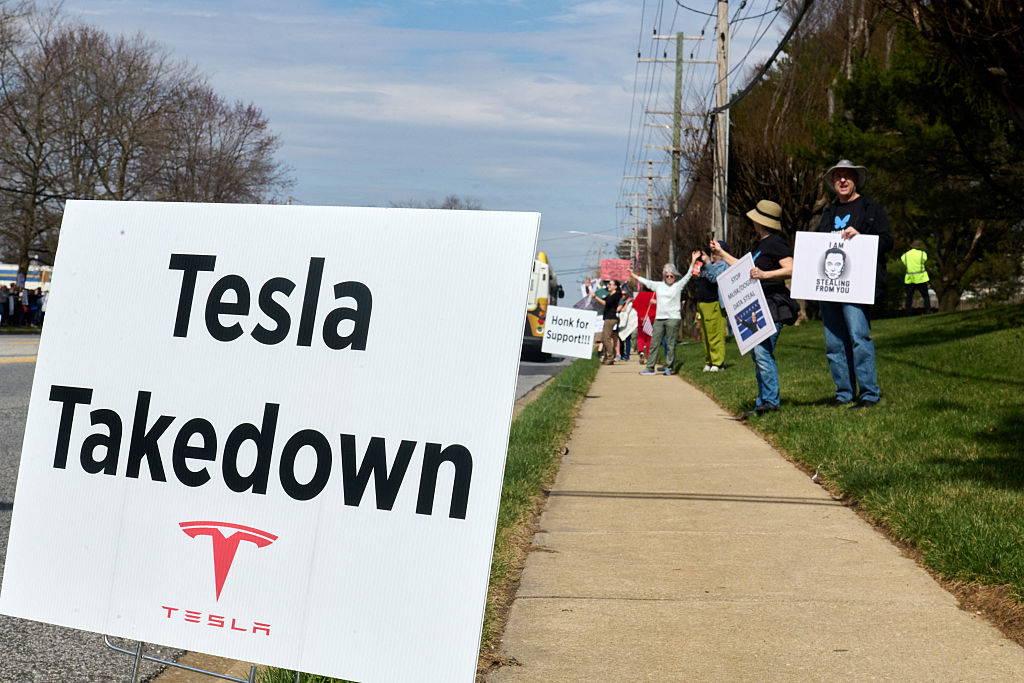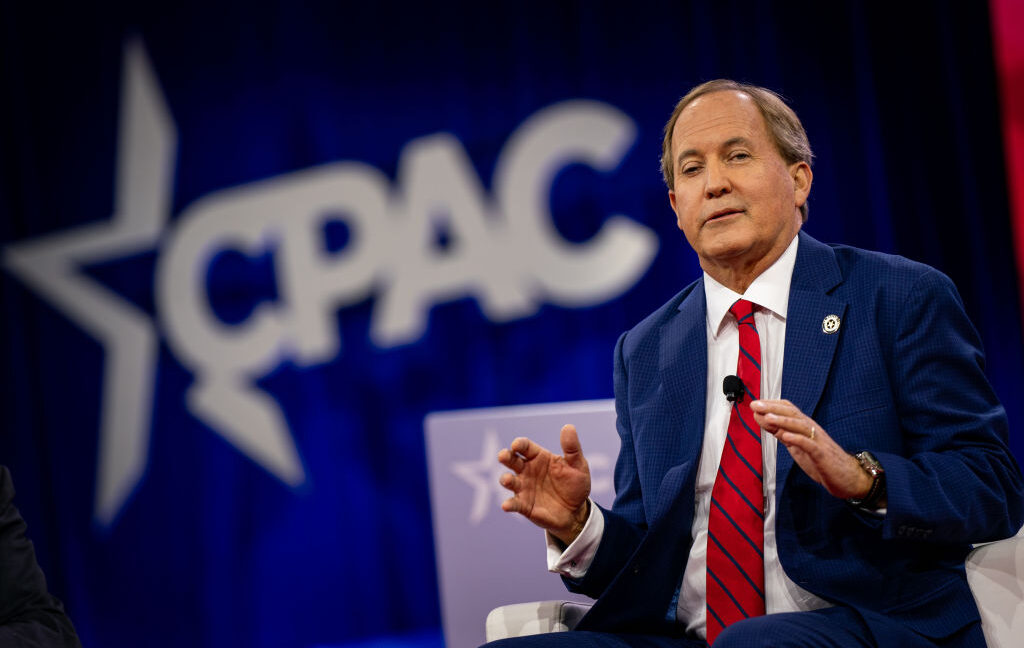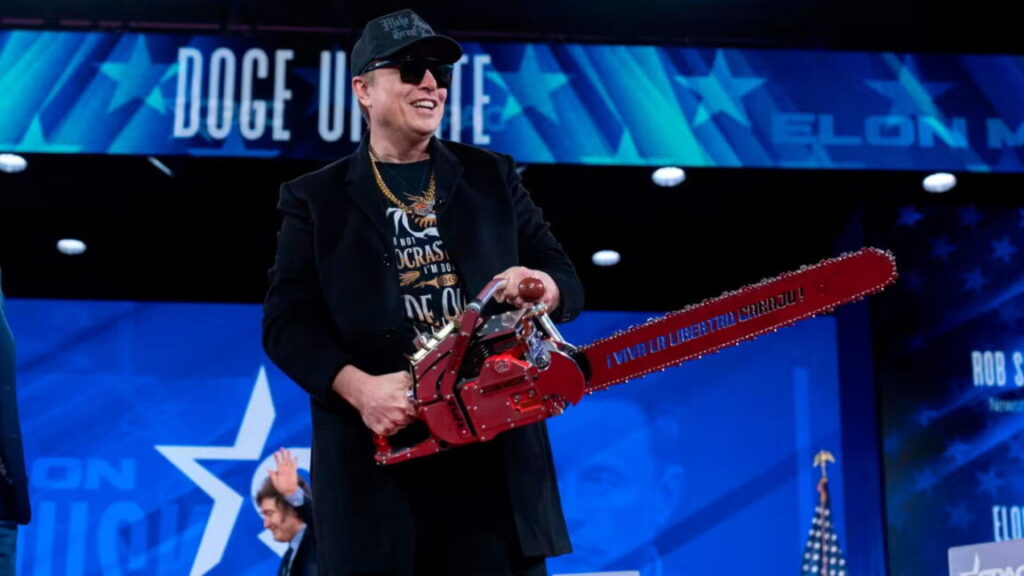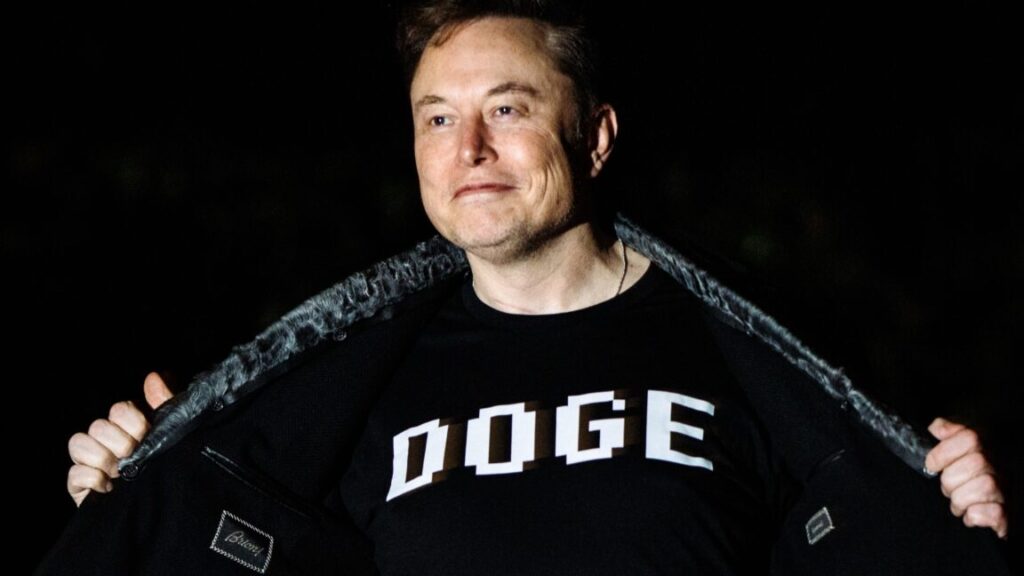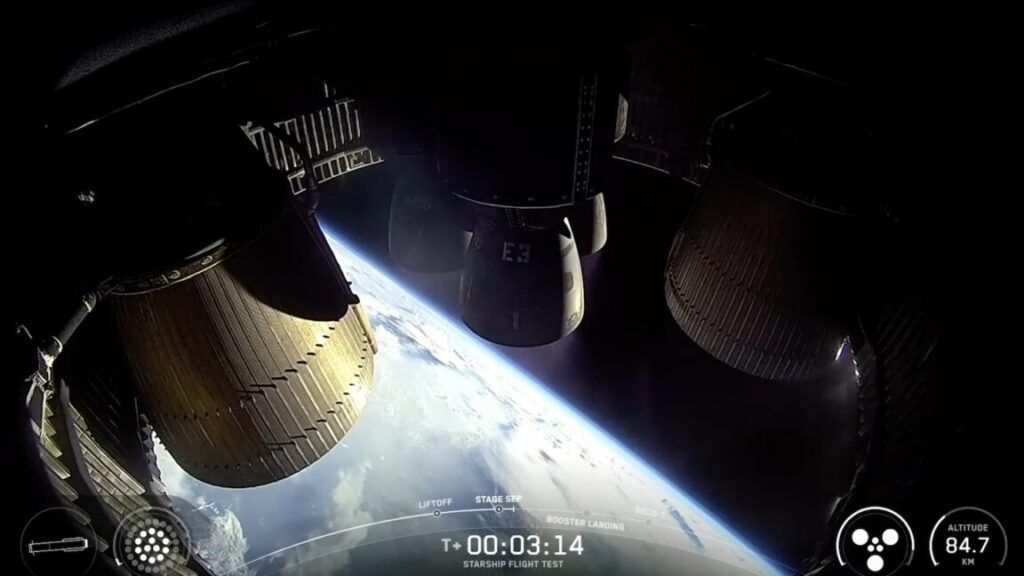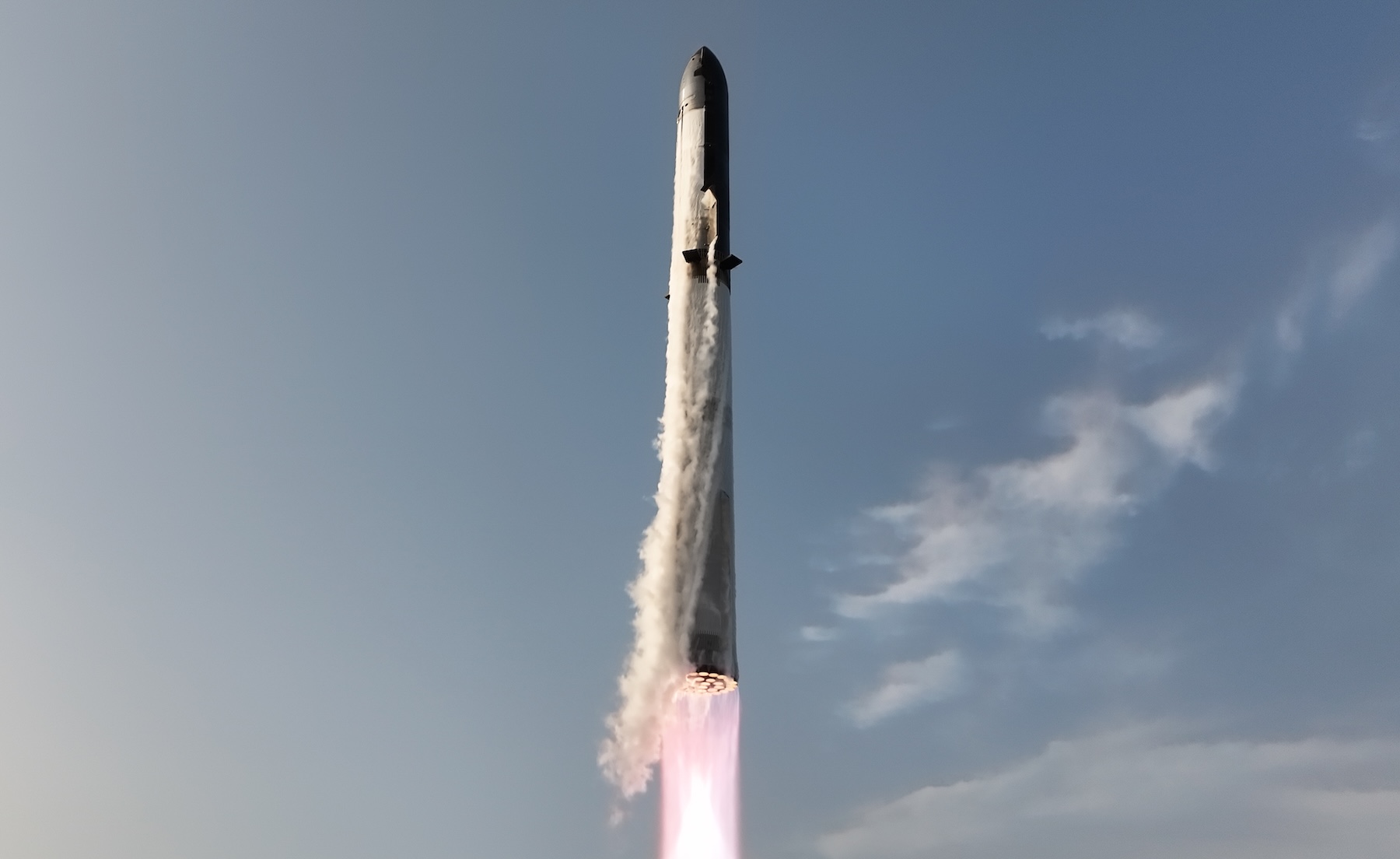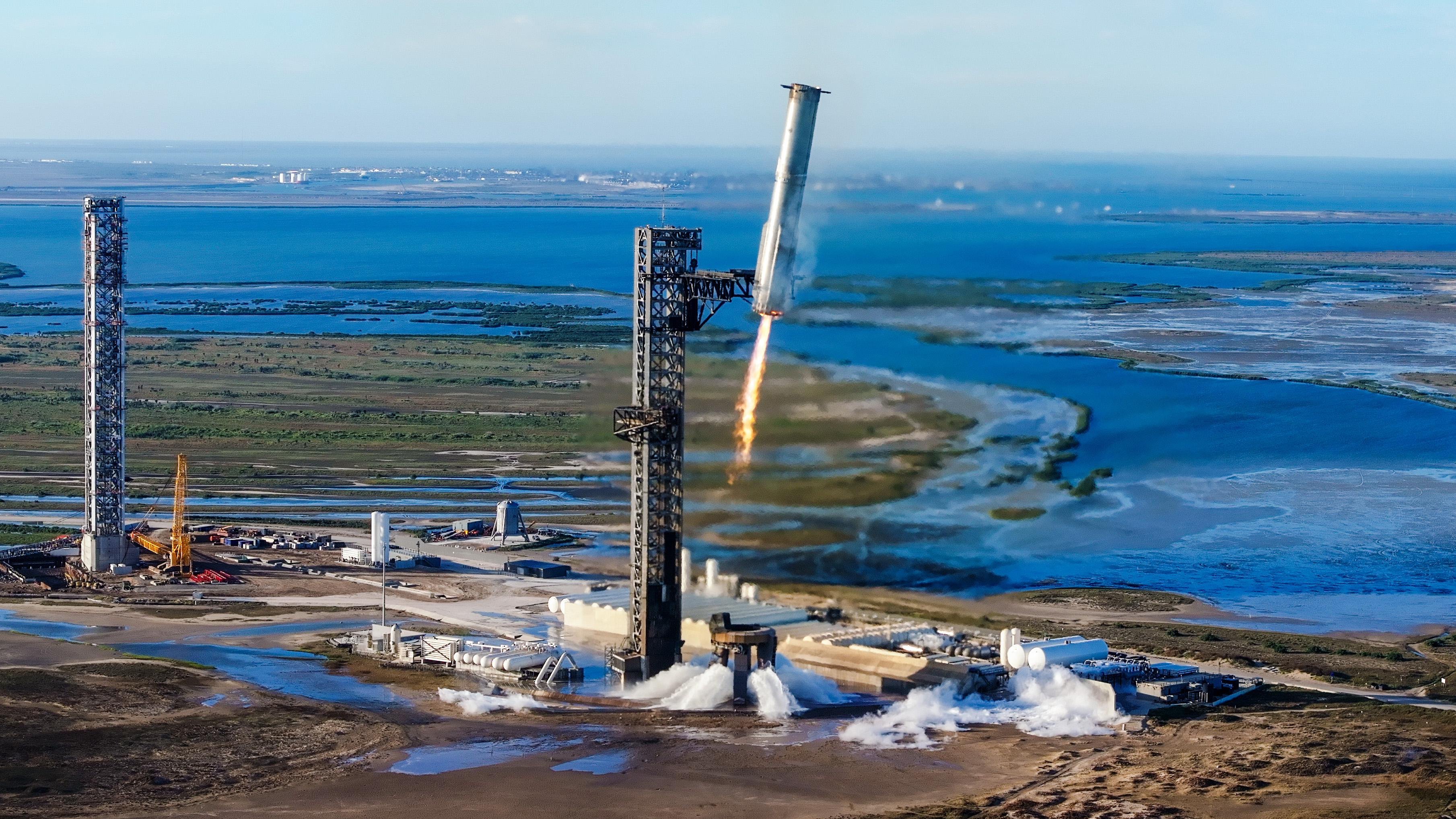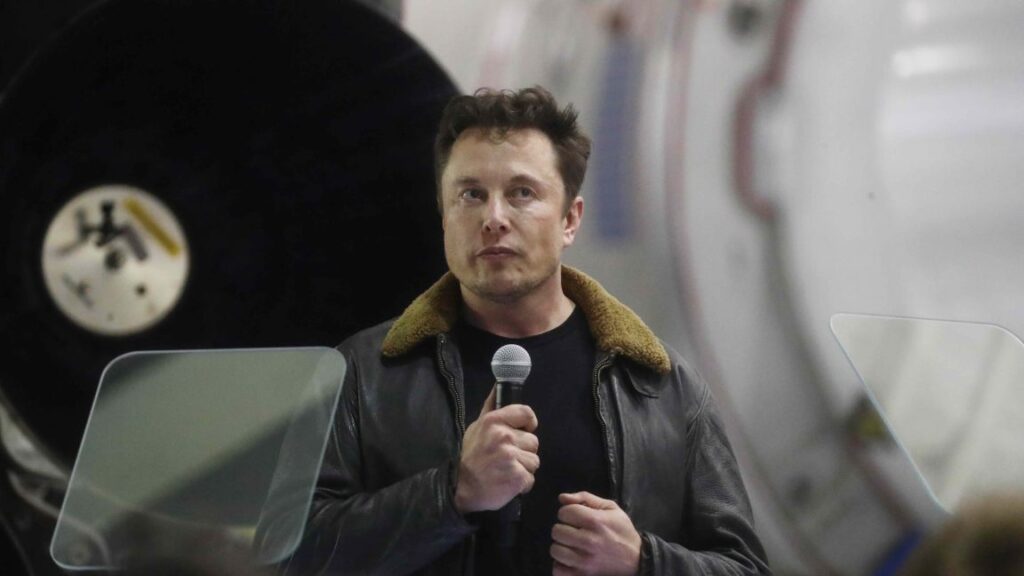Linda Yaccarino quits X without saying why, one day after Grok praised Hitler
And “the best is yet to come as X enters a new chapter” with xAI, Yaccarino said.
Grok cites “growing tensions” between Musk and CEO
It’s unclear how Yaccarino’s departure could influence X advertisers who may have had more confidence in the platform with her at the helm.
Eventually, Musk commented on Yaccarino’s announcement, thanking her for her contributions but saying little else about her departure. Separately, he responded to Thierry Breton, former European Union commissioner for the internal market, who joked that “Europe’s got talent” if Musk “needs help.” The X owner, who previously traded barbs with Breton over alleged X disinformation, responded “sure” with a laugh-cry emoji.
Musk has seemingly been busy putting out fires, as the Grok account finally issued a statement confirming that X was working to remove “inappropriate” posts.
“Since being made aware of the content, xAI has taken action to ban hate speech before Grok posts on X,” the post explained, confirming that fixes go beyond simply changing Grok’s prompting.
But the statement illuminates one of the biggest problems with experimental chatbots that experts fear may play an increasingly significant role in spreading misinformation and hate speech. Once Grok’s outputs got seriously out of hand, it took “millions of users” flagging the problematic posts for X to “identify and update the model where training could be improved”—which X curiously claims was an example of the platform responding “quickly.”
If X expects that harmful Grok outputs reaching millions is what it will take to address emerging issues, X advertisers today are stuck wondering what content they could risk monetizing. Sticking with X could remain precarious at a time when the Federal Trade Commission has moved to block ad boycotts and Musk has updated X terms to force any ad customer arbitration into a chosen venue in Texas.
For Yaccarino, whose career took off based on her advertising savvy, leaving now could help her save face from any fallout from both the Grok controversy this week and the larger battle with advertisers—some of whom, she’s noted, she’s worked with “for decades.”
X did not respond to Ars’ request to comment on Yaccarino’s exit. If you ask Grok why Yaccarino left, the chatbot cites these possible reasons: “growing tensions” with Musk, frustrations with X brand safety, business struggles relegating her role to “chief apology officer,” and ad industry friends pushing her to get out while she can.
Linda Yaccarino quits X without saying why, one day after Grok praised Hitler Read More »
